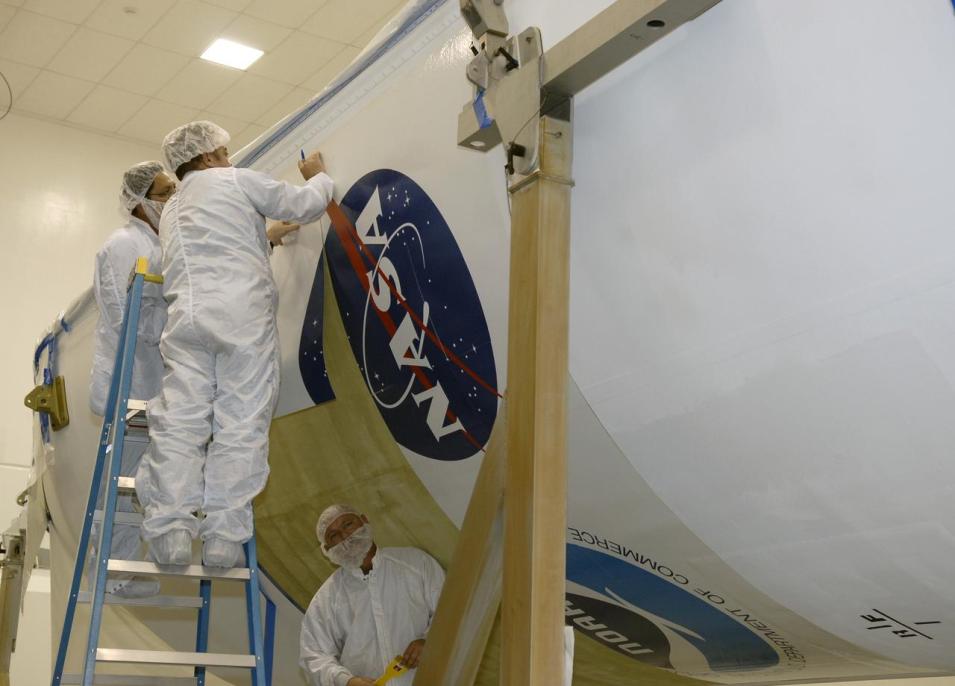NASA's Earth Science Data Systems (ESDS) Program and NOAA's National Environmental Satellite Data and Information Service (NESDIS) Office of Common Services are collaborating to adopt the Common Metadata Repository (CMR), a NASA Earth science metadata system, as a common resource to enable efficient user access to both NASA and NESDIS environmental data holdings. ESDS is responsible for managing the life cycle of NASA Earth Science data, while NESDIS is NOAA's flagship repository for weather and environmental data. This agreement makes it easier for researchers to access and use data from both sources for their studies, which will lead to exciting new science.
Metadata is information about data, such as titles, descriptions, and keywords. It allows data products to be easily catalogued and discovered. Open science advocates put an emphasis on metadata as a way to make data findable, accessible, interoperable, and reusable—a set of open science attributes that are often combined into the acronym FAIR.
Metadata only works effectively if users can rely on every data product in a repository having the same standard information attached. This requires the use of a common metadata system. CMR is an open-source metadata system developed for NASA's Earth Observing System Data and Information System (EOSDIS) and has been used to catalog over a billion NASA Earth Observatory files as of 2024.
